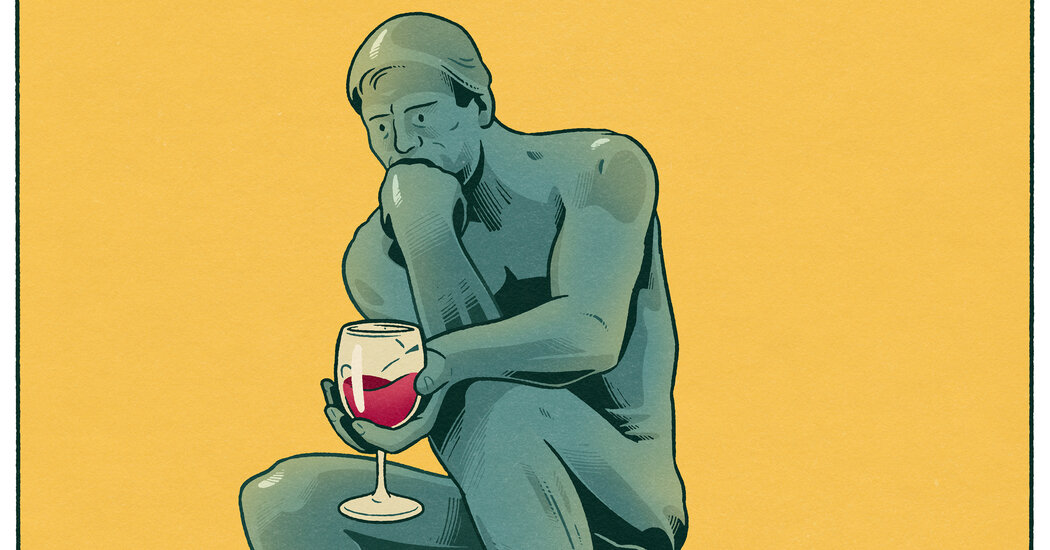
The other things do matter. Many digital recordings, for example, use Auto-Tune, a technology that can change a singer’s pitch if it strays off-key, but which might alter the swoops and wavers that give a voice character. With digital technology, producers can replace bum notes or inadvertent sounds. Imperfections are eliminated.
Often, though, the greatness of a recording, like wine, transcends whatever mistakes it contains. It’s the feeling, the energy and vibe that comes through impassioned performance. The little defects add to the character.
Great wine, in a sense, is a recording of a time and place as interpreted by the people who grew the grapes and made the wine. When it’s altered in production, the wine no longer offers a faithful documentation. The result might be delicious, but it’s lost a dimension of its character.
Analog recordings can be manipulated, too. Producers can amplify the drums, reduce the bass and put the voices front and center. They are not changing the distinctive character of the recording, though. As with good wine, it was all there to begin with.
What makes a wine distinctive? It’s not easy to know without experience. With wine, context is vital. This applies both to the moment you open a bottle — whom you are with, the occasion, the food you are eating, the atmosphere and so on — and to your frame of reference, that is, the comparison of the wine you are drinking to those in your memory.
The more wines you drink, the wider your points of comparison. I’ve often said the best way to learn about wine is to open a lot of different bottles and pay attention to them. Not in an obsessive way, in which you note every impression that might cross your mind, but by perceiving a few salient details.



